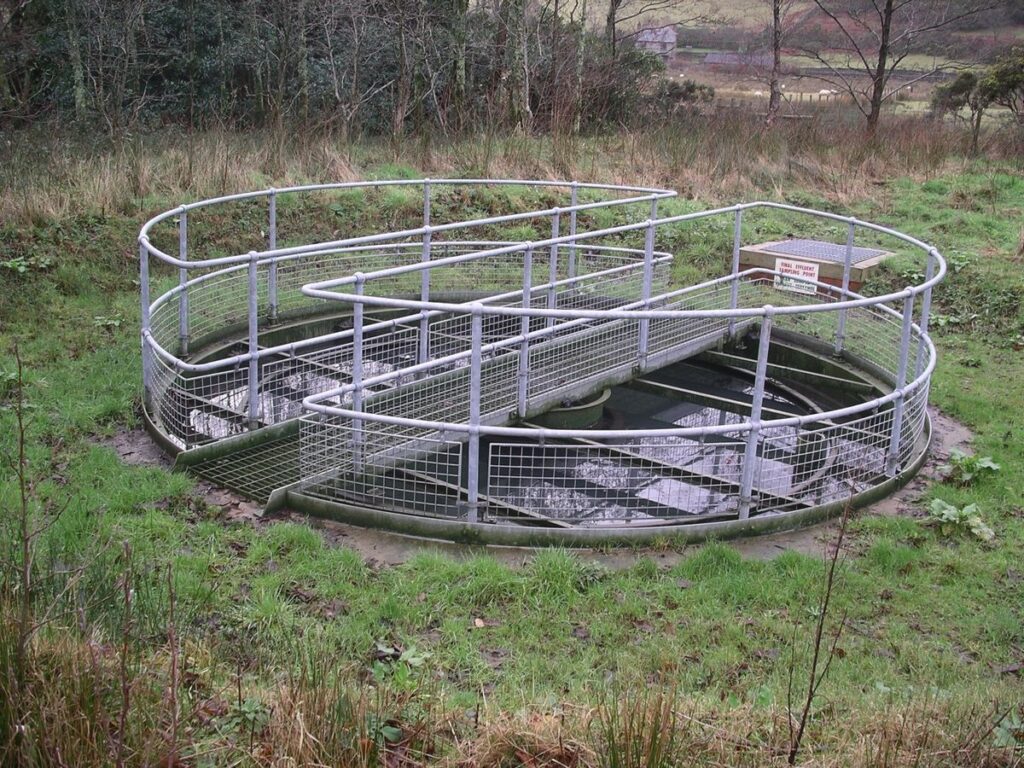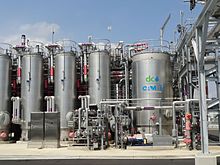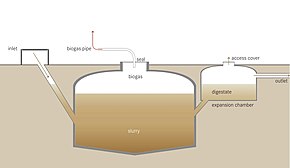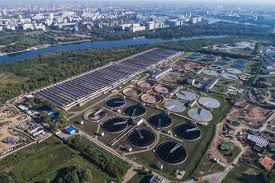introduction:-
Microorganisms play a pivotal role in sewage treatment, transforming waste into less harmful substances through natural biological processes. This intricate interplay between various microbial communities is essential for maintaining environmental health and protecting water resources. The treatment process is divided into primary, secondary, and tertiary stages, each leveraging specific microbes to achieve optimal results.
Primary Treatment:
microbes in sewage treatment
In the primary stage, the focus is on the physical separation of solid waste from sewage. While not heavily reliant on microbial activity, this step sets the stage for effective biological treatment by removing large debris and particulate matter. Microorganisms are present but not yet in their most active roles. The primary treatment reduces the organic load, making it easier for microbes to thrive in subsequent stages.
Secondary Treatment:
The secondary treatment is where microbes become the star players. This biological phase relies on aerobic and anaerobic bacteria to break down organic matter in sewage. Two primary systems dominate this stage: activated sludge processes and biofilm systems.

Activated Sludge Process:–
In the activated sludge process, sewage is aerated in large tanks, promoting the growth of aerobic bacteria. These bacteria consume organic pollutants, converting them into carbon dioxide, water, and energy for their growth and reproduction. The resulting “activated sludge” is a mixture of bacteria, protozoa, and other microorganisms. Key microbial players include:

- Aerobic Bacteria: These microbes, such as Pseudomonas and Aerobacter, thrive in oxygen-rich environments. They break down organic compounds into simpler substances, significantly reducing the biological oxygen demand (BOD) of the sewage.
- Protozoa: Single-celled eukaryotes like ciliates and amoebas feed on bacteria and other small particles, helping to clarify the effluent and reduce pathogen load.
- Nitrifying Bacteria: Genera like Nitrosomonas and Nitrobacter are crucial for nitrification, a two-step process that converts ammonia into nitrate, reducing toxicity.
Biofilm systems, such as trickling filters and rotating biological contactors, provide surfaces for microbial communities to attach and form biofilms. These biofilms consist of bacteria, fungi, and algae working synergistically to degrade organic matter. Key microbes include:
- Decomposing Bacteria: These microorganisms form the backbone of biofilms, breaking down complex organic materials into simpler compounds.
- Fungi: While less dominant than bacteria, fungi contribute to breaking down tough, fibrous substances that bacteria might struggle with.
Algae: In some biofilm systems, algae participate in the process, particularly in oxygenation and nutrient removal
In both activated sludge and biofilm systems, the excess sludge produced needs further treatment. Anaerobic digestion is often employed, using anaerobic bacteria to break down sludge in the absence of oxygen. This process stabilizes the sludge and produces biogas (a mixture of methane and carbon dioxide) as a valuable byproduct. Key anaerobic microbes include:

- Hydrolytic Bacteria: These bacteria initiate the breakdown of complex organic molecules into simpler ones like sugars and amino acids.
- Acidogenic Bacteria: These convert the products of hydrolysis into volatile fatty acids, alcohols, and gases like hydrogen and carbon dioxide.
- Methanogenic Archaea: These microorganisms are crucial for the final step, converting volatile fatty acids and other intermediates into methane and carbon dioxide.
The tertiary stage focuses on polishing the effluent to meet stringent quality standards before discharge or reuse. This stage often involves advanced microbial processes and additional physical or chemical treatments. Key microbial processes include:
- Denitrification: Anaerobic bacteria, such as Pseudomonas and Paracoccus, convert nitrates into nitrogen gas, removing nitrogen from the effluent and preventing eutrophication in receiving waters.
- Phosphorus Removal: Certain bacteria, known as polyphosphate-accumulating organisms (PAOs), uptake and store excess phosphorus, which is then removed with the biomass.
Microbial Community Dynamics:
Throughout the sewage treatment process, microbial community dynamics are influenced by various factors, including temperature, pH, oxygen levels, and the nature of the organic load. Maintaining optimal conditions is crucial for microbial efficiency and overall treatment effectiveness. Advances in molecular biology and metagenomics have provided deeper insights into the diversity and functions of these microbial communities, enabling more targeted and efficient treatment strategies.

Conclusion:
Microorganisms are indispensable in sewage treatment, driving the biological processes that convert waste into less harmful substances. By harnessing the power of diverse microbial communities, sewage treatment plants can protect water resources, reduce environmental pollution, and promote public health. As research progresses, further innovations in microbial management and biotechnology will likely enhance the efficiency and sustainability of sewage treatment systems, ensuring cleaner and safer water for future generations.
Microbes, including bacteria, protozoa, fungi, and algae, are essential in breaking down and decomposing organic matter in sewage. They convert harmful substances into less toxic forms, helping to clean the wastewater before it is released back into the environment.
- Aerobic Bacteria: Such as Pseudomonas and Aerobacter, thrive in oxygen-rich environments and help degrade organic pollutants.
- Anaerobic Bacteria: Like methanogens, operate in oxygen-free environments and are crucial for breaking down sludge in anaerobic digesters.
- Protozoa: Feed on bacteria and small particles, aiding in effluent clarification.
- Fungi: Assist in breaking down complex organic materials that bacteria cannot easily digest.
- Nitrifying Bacteria: Such as Nitrosomonas and Nitrobacter, convert ammonia into nitrates, reducing toxicity.
- Aerobic Treatment: Involves microbes that require oxygen to break down organic matter. This process occurs in aerated tanks or activated sludge systems.
- Anaerobic Treatment: Uses microbes that do not need oxygen. These microbes decompose sludge in oxygen-free environments, typically in sealed digesters, producing biogas as a byproduct.
Biofilms are communities of microbes that attach to surfaces, forming a slimy layer. In systems like trickling filters or rotating biological contactors, wastewater flows over these surfaces, allowing microbes to break down organic matter efficiently.
- Effective Decomposition: Microbes can efficiently break down complex organic materials.
- Cost-Effective: Biological treatment processes are generally less expensive than chemical or physical methods.
- Sustainable: Microbial processes are natural and environmentally friendly, producing fewer byproducts.
- Biogas Production: Anaerobic digestion produces biogas, which can be used as a renewable energy source.